
Renault Extends Standard Warranty On Kwid, Triber, And Kiger To 3...
- Dec 30, 2024
- Views : 30391

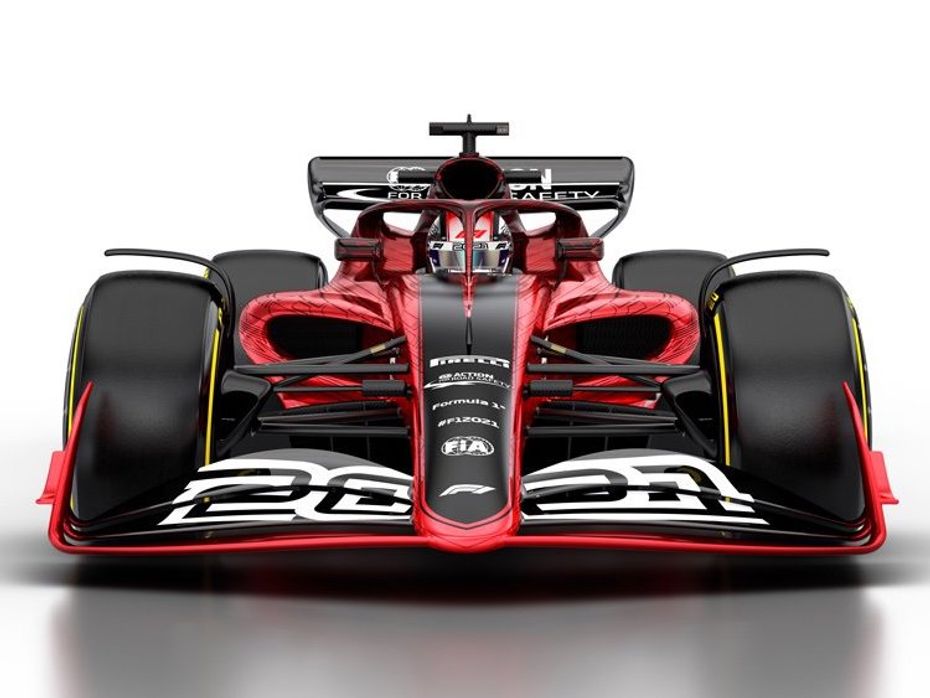
Formula 1’s success in placing itself at the very top of the motorsport world throughout the 80s and 90s and into the same kind of limelight as other major global sports has had some unintended consequences.
One of them is that the sport opened itself to massive scrutiny and also criticism from general viewers, the media and hardcore fans alike. Many of the criticisms fall into the category of anachronism on account of F1’s history being rooted in the pre-World War II era of grand prix racing.
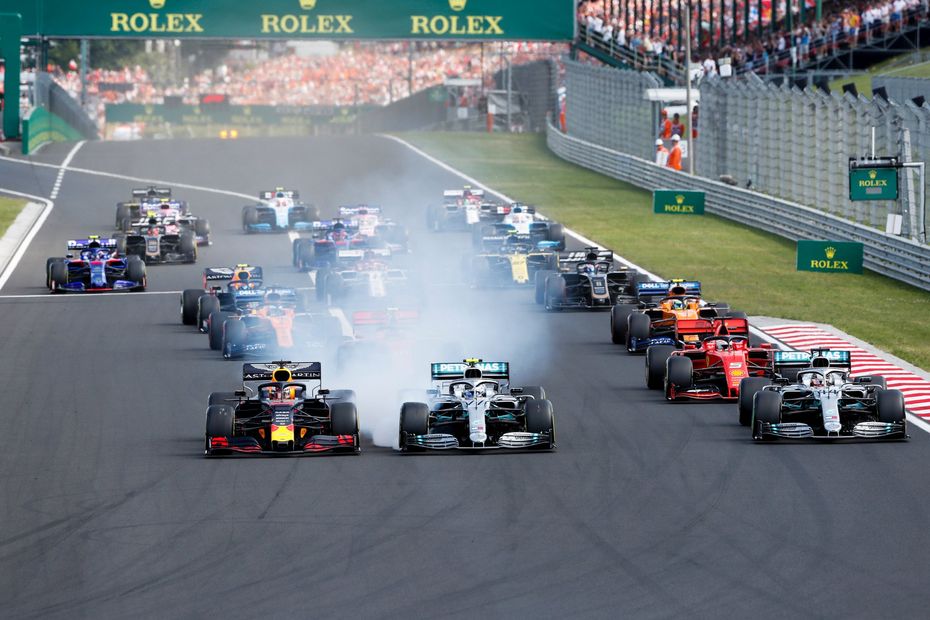
Looking through old race reports – the ones featured in magazines that served as far more than just an account of what happened in a race – one can keep finding a lot of the same criticisms of an earlier era of F1 being the best ever. This is something one can expect in the future too, and not just for F1 but other major sports too.
But there is one recent criticism of F1 that has been very much on the money, that the racing and general competitiveness of the series has been adversely affected and made the biggest assets of F1 – the drivers – far less of a factor than before.
CHANGING PRIORITIES

It is unthinkable that a situation like the 1984 Monaco Grand Prix can occur today, when a 24-year-old rookie by the name of Ayrton Senna sliced through the field in the pouring rain and passed that year’s eventual world champion Niki Lauda. And Lauda was driving for the front-running McLaren team while Senna was with Toleman, which had far more modest means.
The F1 budget of the top teams in the mid 1980s topped out at Rs. 247 crore, around 35 million USD. Which is no small amount but compare that to what current champions Mercedes has reportedly spent in 2018; in excess of 400 million USD (2,840 crore)! Using basic inflation calculations, that still equals to 199 million USD in 1986; which is when Senna was winning races regularly for Lotus despite Williams being the dominant outfit.

the automobile community
And what makes Mercedes’ – and also Ferrari’s – spending power worth noting is that a large chunk of it will go into making the fastest possible car, but which cannot follow a car right ahead of it without losing front-end grip due to the loss of downforce.
And this is a design philosophy that the other eight teams follow too, including the afore mentioned Williams (the only truly independent team left in F1), who are now a shadow of their former self. You could put Lewis Hamilton in this year’s Williams F1 car, and he wouldn’t be anywhere near scoring points, let alone podiums or wins. And that wouldn’t just be because of the unfair revenue distribution, massive disparity in spending power that exists in F1. He literally would struggle to get his car to the one ahead and would need to count on either tyre strategies or a very long straight where the drag reduction system would be most effective.
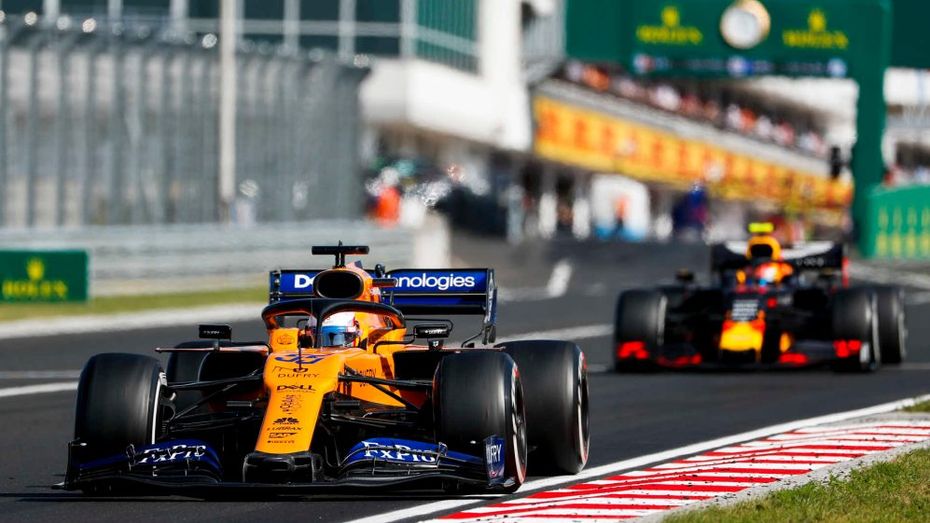
This state of affairs is not only a legacy of the negligence by F1’s former promoter and commercial rights holder Bernie Ecclestone and former FIA president Max Mosley, but also of a culture of hastily pushed through changes made to F1’s sporting and technical rulebook.
All that seems set to change (yes, after over 500 words, I am finally getting to the point!) after a landmark press conference held in Austin, Texas on the Thursday ahead of this weekend’s United States Grand Prix.
CLEANING THINGS UP

The biggest takeaway from the technical regulations, which have been ratified by the FIA’s World Motor Sport Council and look safe from the threat of a veto from Ferrari, is that F1 will make a return (though not all the way) to the ‘ground effects’ era of car design which existed from 1977 to 1982.
The underside of the car will be the primary generator of aerodynamic downforce rather than the wings and the various secondary aerodynamic appendages that keep sprouting all over the body of a current F1 car.
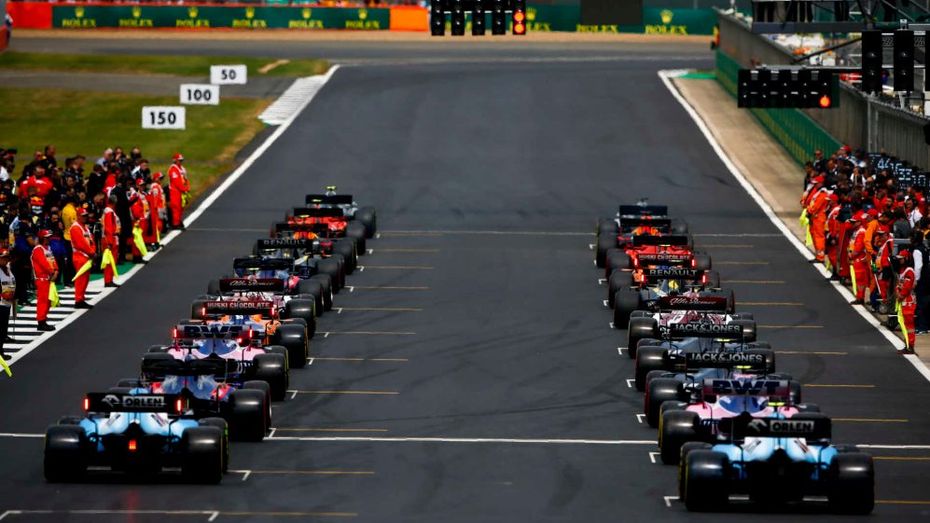
The result of this, as it is in the FIA World Endurance Championship’s Le Mans Prototype and also GT categories, along with IndyCar and Formula E is that cars will, in theory, be able to follow each other closely through a corner and then the one behind will latch on to the slipstream generated by the car ahead and then try to out-brake it into the next corner.
This is the basics of circuit racing across all forms of racing, even on two-wheels. And more crucially, this is how racing goes in categories right below Formula 1, which is where the likes of Max Verstappen and Charles Leclerc have come from.
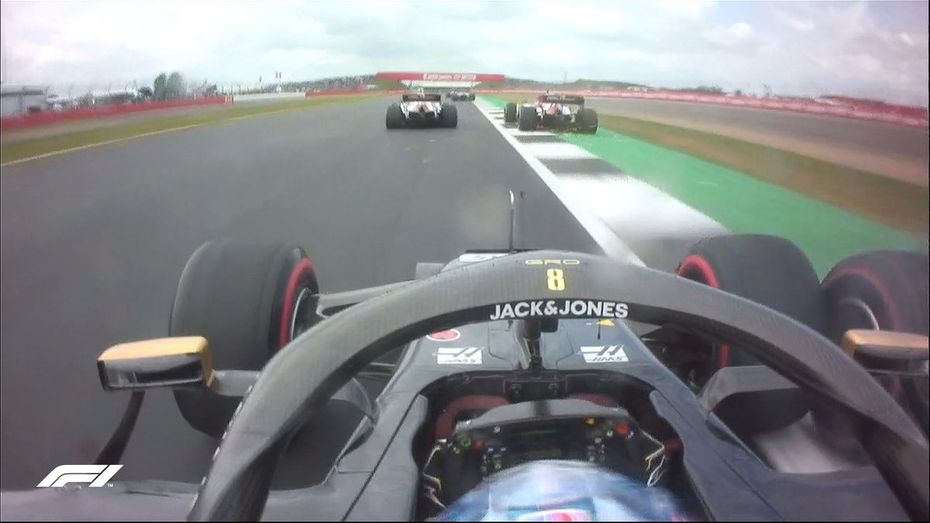
So, the crop of budding young stars who will be F1’s future can look forward to 2021 knowing that they will be able to use the skills they used in their formative years a lot better once coming to F1. And it will not all be all about tyre strategies and pit stops although given the power and weight of the cars and the 300km race distance, that will obviously remain a feature.
There are also to be many standardized mechanical components that can affect the airflow over the car and undermine the efforts to create a clean flow of air from the back of a car on to the following one. A following car currently loses up to 50 percent of its downforce when it comes to within one car length of a car ahead. This downforce loss is expected to be only 15 to 20 percent under the 2021 regulations.
Throughout the press conference Ross Brawn, former Ferrari technical director and now F1’s director of motorsport, made it clear that while these figures are subject to change once teams actually build their own cars, the regulations will still be tightly enforced to ensure that the objective of closer racing is not undermined.
CASH CRUNCH
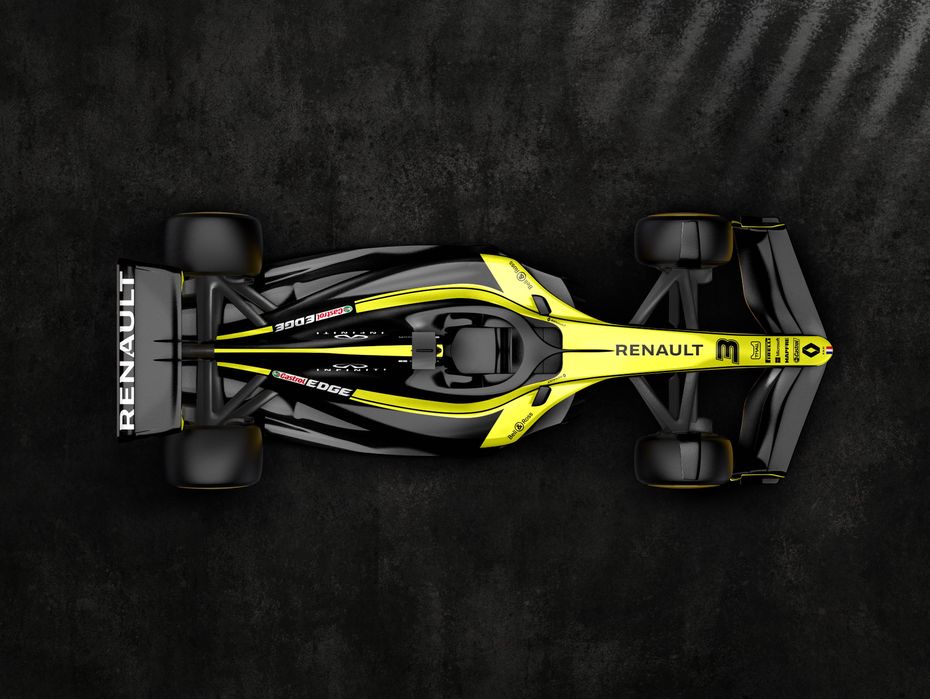
The other significant feature of the 2021 regulations was that, for the first time ever, a limit on performance related spending will be written into the regulations. Let’s be real, though, F1 is still massively expensive but the cost cap of 175 million USD is still less than half of what Ferrari, Mercedes and Red Bull Racing spend individually.
The costs that fall outside the cost cap are driver salaries, the salaries paid to a team’s top three executive personnel and marketing and hospitality costs.
This means that rather than a spending war between the top teams in F1, success will come to the teams who make best use of their money and can hire the best drivers and team bosses.
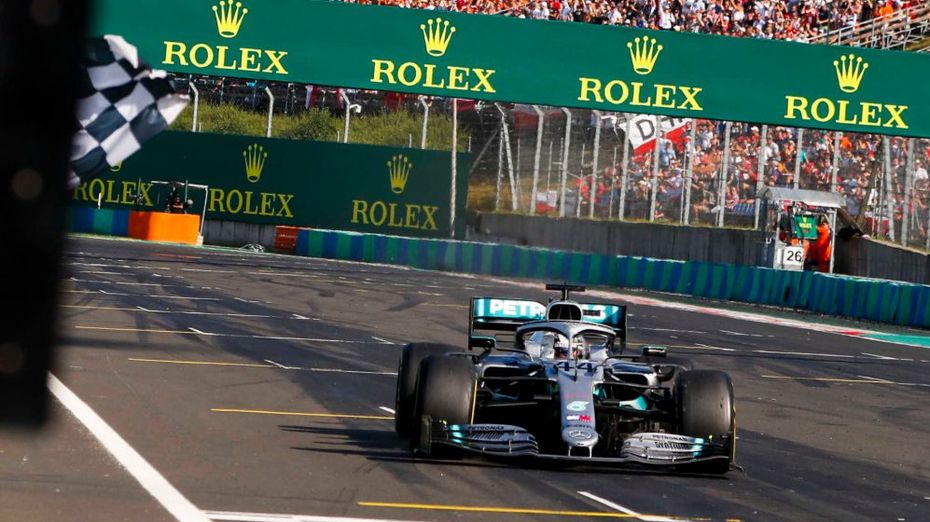
There is also set to be a five-year freeze on gearbox design and a limit on how often teams can introduce aerodynamic updates. For example, a team can try out a new part during free practice, but it won’t be able to use that part that very same weekend. Thus, putting an end to the practice of teams flying in aerodynamic parts over the course of a weekend.
The way F1’s revenue will be divided is also set to change; with a greater share of the sport’s annual revenue divided equally among the teams along with another percentage of it divided based on how teams perform over the course of a season.
This is not the ideal situation for the smaller teams who had often pushed for a completely equal division of the sport’s revenue (much like how it is done in American sporting leagues like the NBA), but it is a vast improvement over the present system where teams with ‘historical importance’ would get bonus payments and too great a share of the revenue would go to the promoter rather than to the teams.
THE LONG WAIT
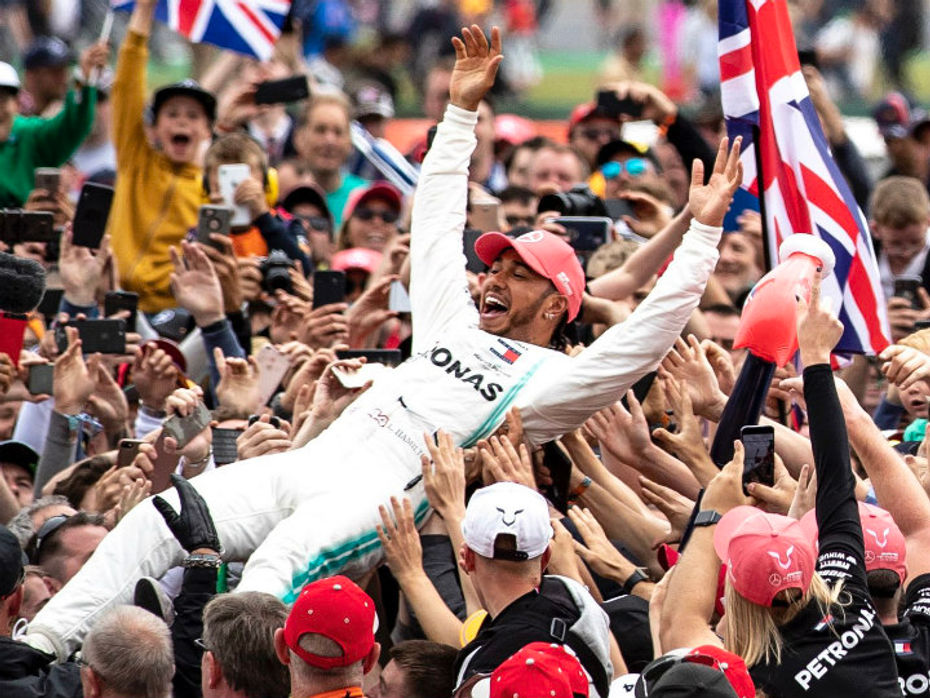
Of course, since this is also the first time in recent memory that F1 regulations have been carefully thought through and worked on (a far cry from the Ecclestone and Mosley era), they will not be introduced next year. Despite having worked on them for almost two years, teams will be given a year and then some to not only get around to building cars to the new regulations but also put in place the measures to control spending.
And independent analyst will be monitoring spending and from 2021, teams will face both financial and sporting penalties if they are found to be circumventing the budget cap.
So, until then, F1 fans can hope that Ferrari finally quit shooting themselves in the foot (their drivers included) despite having the best car on the grid and actually give Lewis Hamilton and Valtteri Bottas some stern competition. If Ferrari can end 2019 on a high and carry that form into 2020, hopefully we will get a nice send-off for the current state of affairs before the form book is torn up and things start anew in 2021.

Renault Extends Standard Warranty On Kwid, Triber, And Kiger To 3...

Is The Kia Syros More Compelling Than The Best-selling Hyundai Creta?

Auto Expo 2025 - All You Want To Know About The Hottest Auto Show!

Hyundai Creta Electric REVEALED Ahead Of Auto Expo 2025! Here’s...

Upcoming Maruti Suzuki Cars Expected In 2025: e Vitara, Baleno...

Here Is The List Of All Tata Cars Likely To Be Launched In 2025

Mahindra BE 6 Launched: Price For The Top-spec Variant Is Out!

Upcoming Mahindra Cars Expected in 2025: XUV 4XO, Thar Facelift, BE...

JSW MG Motor India Revealed Their New SUV, The MG Majestor At Auto...
India's largest automotive community
 India’s Most Affordable Car, The Vayve Eva Is Priced From Rs 3.25 Lakh! Here Is A Look At All Of Its Variants!
India’s Most Affordable Car, The Vayve Eva Is Priced From Rs 3.25 Lakh! Here Is A Look At All Of Its Variants!
 As The Kia Syros Reaches Dealerships Check Out The Pros And Cons Before You Get One Home
As The Kia Syros Reaches Dealerships Check Out The Pros And Cons Before You Get One Home
 No More Diesel-iMT Powertrain In India, As Kia Discontinues It For The Sonet, Seltos And Carens
No More Diesel-iMT Powertrain In India, As Kia Discontinues It For The Sonet, Seltos And Carens
 Hyundai Creta Electric: Things You Get With Each Of Its 5 Variants
Hyundai Creta Electric: Things You Get With Each Of Its 5 Variants
 Vayve Mobility Eva
Rs. 3.25 Lakh
Vayve Mobility Eva
Rs. 3.25 Lakh
 BMW X3
Rs. 75.80 Lakh
BMW X3
Rs. 75.80 Lakh
 Hyundai Creta Electric
Rs. 17.99 Lakh
Hyundai Creta Electric
Rs. 17.99 Lakh
 Lotus Emira
Rs. 3.22 Crore
Lotus Emira
Rs. 3.22 Crore
 Lotus Emeya
Rs. 2.33 Crore
Lotus Emeya
Rs. 2.33 Crore